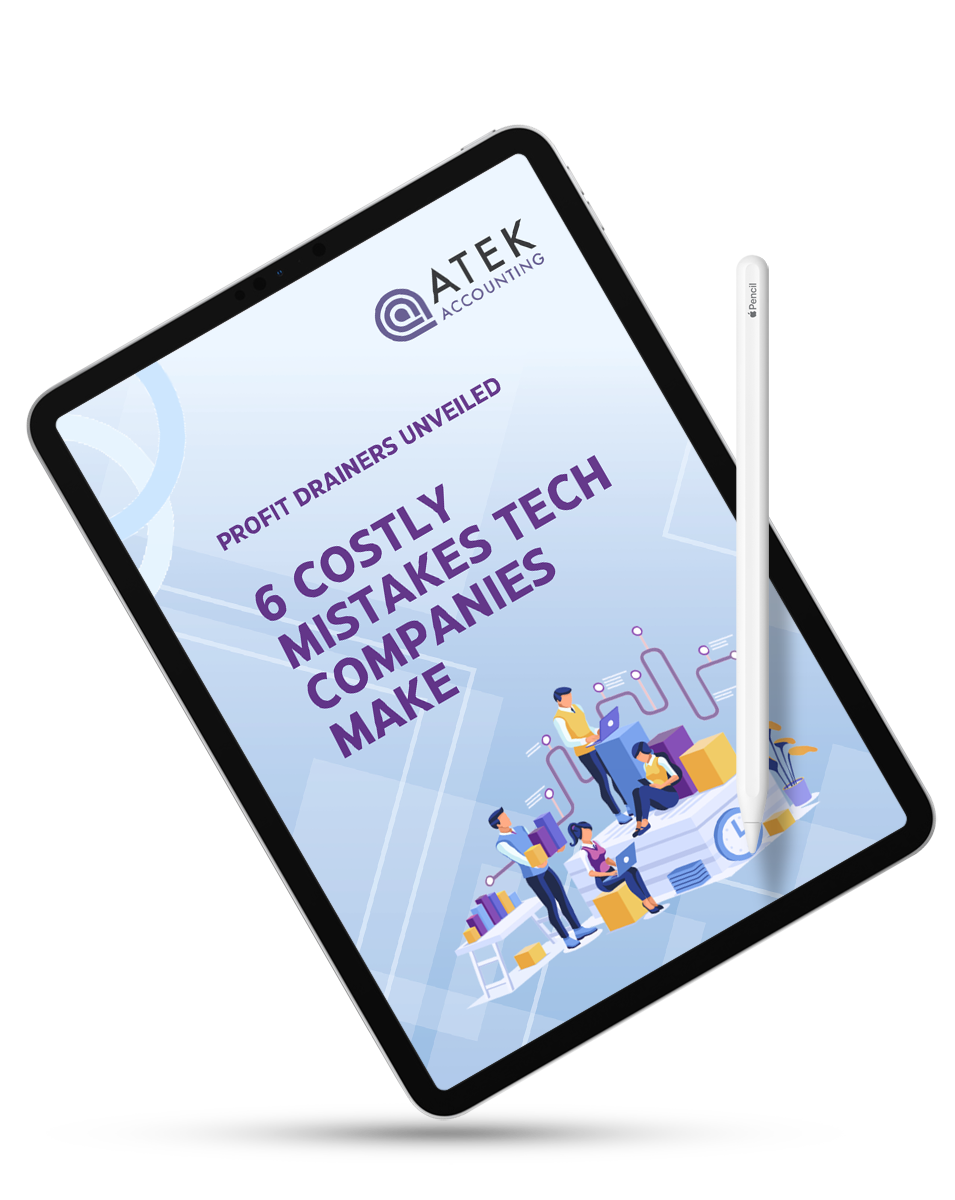
Could you be claiming for Research and Development (R&D) tax credits for your business?
If you are engaged in Research and Development (R&D) activities within your innovative project, you might be sitting on a potential claim for R&D tax credits that can help boost your business and drive results.
What is the Research and Development tax credit?
R&D reliefs are available to companies that work on innovative projects in science and technology. The scheme supports businesses that aim to research and/or develop an advance in their field. This is not limited to successful projects only; if your project is unsuccessful, you can still make a claim.
There are two main R&D tax reliefs:
1. Small and medium-sized enterprises (SME) R&D relief can be claimed if you’re a SME with:
-
- Less than 500 staff
- A turnover of under 100 million euros or a balance sheet total of under 86 million euros
- The relief can provide an enhanced 130% deduction against taxable profits for qualifying R&D expenditure, in addition to the expenditure involved, making a total deduction of 230%. If the company is loss-making, a tax credit can be claimed worth up to 14.5%.
2. Research and Development Expenditure Credit
-
- Potentially available to larger companies and SMEs in particular circumstances, it allows a company to claim a credit calculated at 13% of qualifying R&D spend.
What qualifies as R&D activity?
In general:
- Qualifying work must be part of a specific project to make an advance in science or technology.
- The work must relate to your company’s trade (existing or one that you intend to start up).
There are certain criteria that will need to be explained when making the claim. You must show that you have looked for an advance in science or technology. As would be expected, when embarking on a new project, there will be a degree of uncertainty, for which you will need to explain what this was and how you tried to overcome it. Furthermore, you will need to demonstrate that the project could not easily be worked out by a professional in the field or readily available by a third party.
Costs that can be included:
Qualifying expenditure (i.e., the costs that you are able to include as part of your claim) is proportionate to the amount of time specifically spent on the project. This can include:
- Some employee costs
- Subcontractor costs
- Software
- Consumable items
- Clinical trials volunteers
In an effort to modernise the scheme, the government will include data and cloud costs from April 2023, including licence payments for datasets and cloud computing costs attributable to computation, data processing, and software. There are also measures ‘refocusing’ the reliefs on innovation in the UK, thus restricting some costs for R&D activity carried out overseas.
Navigate Research & Development Tax Relief with Atek
Are you wondering if your innovative project might qualify for R&D relief? Or are you considering embarking on a new venture? We can help you make sense of the R&D tax relief process and maximise its impact on your business. Contact us for an initial conversation.
For more information about Corporation Tax relief for your Research and Development (R&D) project, visit GOV.UK
More resources:





